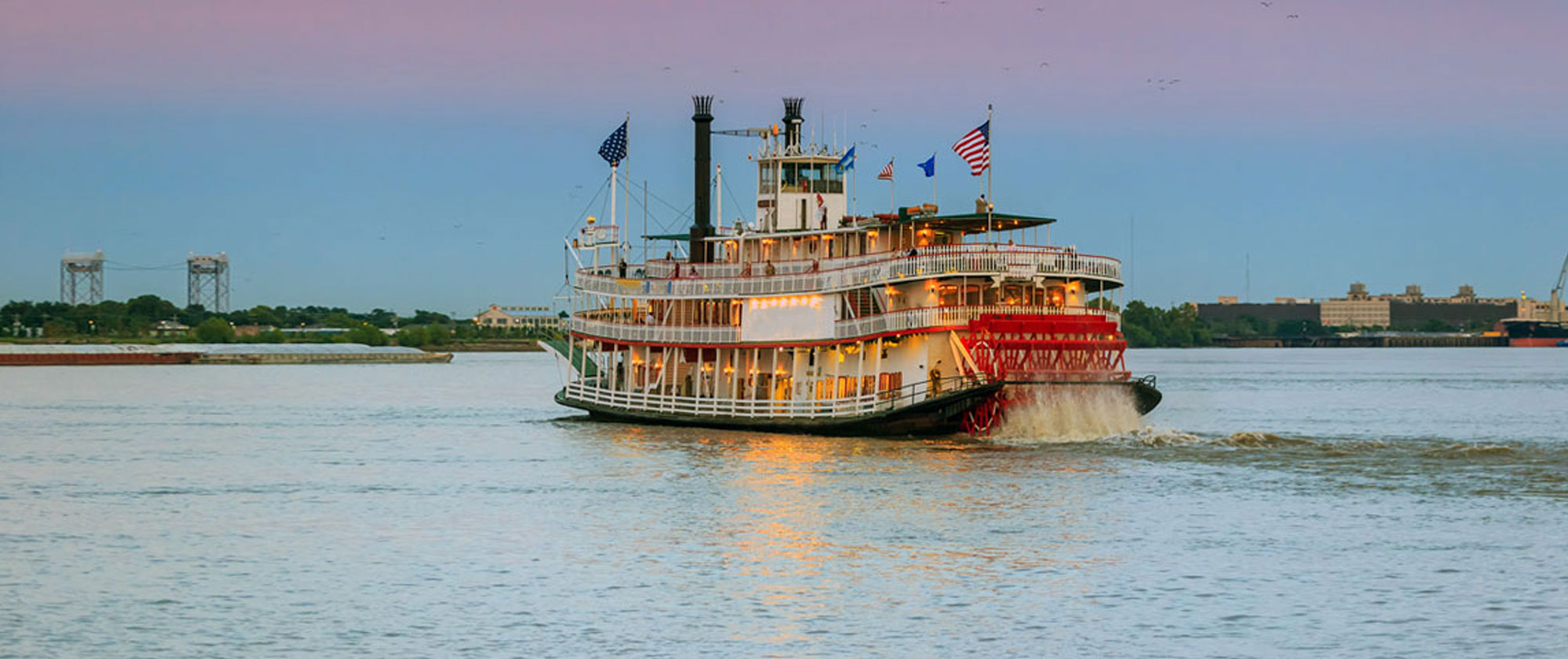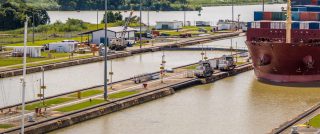For centuries, river networks used to be the main channels of inland trade, and even today, inland waterways continue to remain popular in many parts of the world
Long before the seas were conquered by the Vikings and the Spanish explorers, rivers were the channels that opened up new lands for trade and commerce. Over millennia, entire civilisations have flourished and withered on river banks. Even today, rivers such as the Thames, Brahmaputra, Mississippi, Nile, Yangtze, Rhine, Danube, Amazon and Ganga form inland waterway networks that support millions of businesses and move billions of tonnes of cargo.
There are of course pros and cons of transporting cargo over inland waterways. Often, river transport via barges can be cost effective: one single 600 tonne barge can move the equivalent of 24 mid-sized truck loads.
Although speeds on water are slower, barges can transport bigger loads and hence, deliver economies of scale. The other advantage is that freight on inland waterways is a less obtrusive option with less noise and visual impact. In contrast, river pollution is a factor that has to be managed sustainably. The other big challenges lie in the fact that inland waterways often have seasonal flows, thus restricting navigability.
Flowing through North America
The US is among the largest users of inland waterways for transport. It has over 36,000km of navigable waterways, with the Mississippi alone accounting for more than 8,000km. The Mississippi River System, comprising the river and connecting waterways, carries over 315.4 million tonnes of cargo, accounting for half the US waterway freight.
Another important commercial waterway in the North American landmass is the St Lawrence, which sees large ocean-going vessels navigate nearly a thousand kilometres to Montreal in Canada.
Europe to the ocean
Europe has one of the most advanced waterway systems in the world. The Rhine, though much smaller than the mighty Mississippi, has the reputation of being the busiest navigable river in the world, with small-sized ocean-going steamers sailing on it. The river links the North Atlantic Ocean to the very heart of the continent, via Europe’s numerous canal connections.
The cheaper water transport provided by the Rhine helped to keep down prices of raw materials such as coal, and played a vital role in the industrialisation of Europe. Today, it carries about 330 million tonnes of cargo. The Danube, stretching longer than the Rhine — it touches Germany, Austria, Hungary, and several other central European nations — carries about 40 million tonnes.
In the UK, the Thames draws attention as a travel and leisure tourist attraction. Not many are aware that Britain’s inland waterways were originally constructed to serve the Industrial Revolution. The Thames, in fact, carries more than half of all UK’s waterway freight. The 5 million tonnes of freight transported on the Thames helped to keep 265,000 trucks off London’s congested roads.
Asia’s lifelines
China, the most populated country in the world, has also encouraged the development of rivers for transportation. The Yangtze, which sustains nearly half the population of the country, flows over 6,300km, making it Asia’s longest river. As much as 3,000km is navigable and the Yangtze transports 850 million tonnes of cargo every year, a record that places it as the leading waterway in the world for the transport of goods.
The Mekong, flowing through China, Myanmar, Thailand, Lao PDR, Cambodia and Vietnam, is another river that connects countries and commerce. Not only is it a popular cruise destination for tourists, it also enables about 3 million tonnes of container traffic every year.
The longest river
The Nile, flows for more than 6,800km, traversing a dozen countries in Africa, and forming the primary source of water in Egypt and Sudan. Highly seasonal, the river transports only about 3 million tonnes of goods every year, and is more popular as a route for passenger traffic.
Amazon, arguably the world’s longest river at 6,900km and flushing one fifth of the world’s fresh water into the oceans, has a vast untapped potential as an inland waterway. It moves about 45 million tonnes of cargo every year, as it flows through Brazil, Colombia, Bolivia, Venezuela, Ecuador and Peru, thus underscoring its role in transportation and international trade.
Heart of India
The Ganges in India is considered by millions to be a sacred and holy river, a lifeline to millions of people in the sub-continent. The 2,525km long river rises in the Himalayas and is the third-largest river in the world by discharge. It transports only about 70 million tonnes of cargo every year, as the seasonal flow of the river restricts navigation. Another major regional river that flows through India and Bangladesh is the Brahmaputra, which has its origins amongst the Tibetan glaciers.
The role played by rivers in trade, commerce and logistics is undeniable. To tap the potential of inland waterways is one of the strategic objectives of India’s Sagar Mala project, which includes plans to modernise India’s ports and build efficient evacuation systems through road, rail, inland and coastal waterways.













